Affiliate links on Android Authority may earn us a commission. Learn more.
A look at the billion-install club: the most installed apps
Published onJanuary 14, 2017
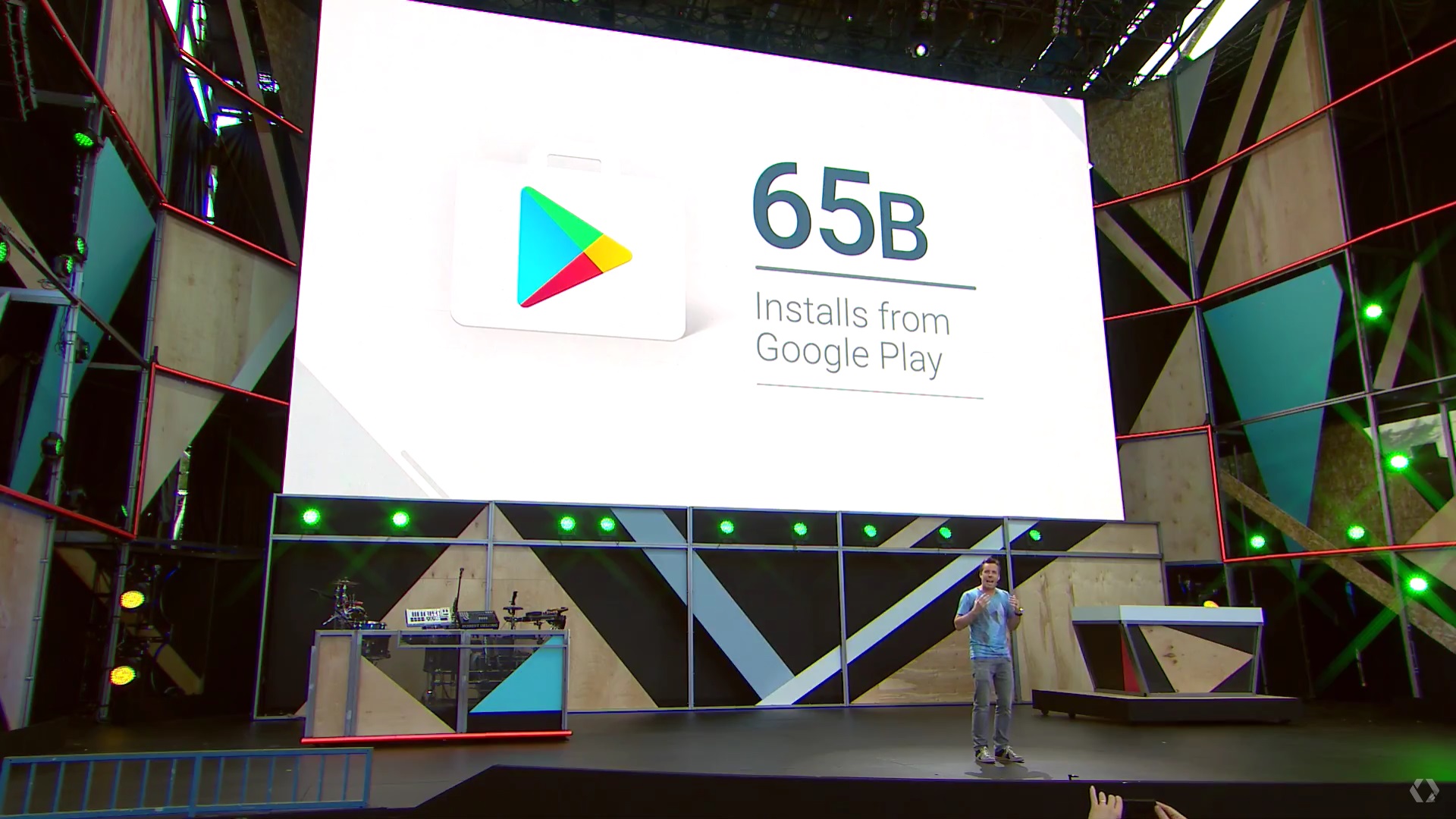
A few times per year, the folks in Mountain View let us know a rough idea how many Android apps have been downloaded and installed on phones and tablets around the world. At last count, the number was in excess of 65 billion app installs in the year leading up to Google I/O 2016 – but we’re here to look at a select few, the apps that have made it to the 1 billion install mark.
With an estimated 1.4 billion active Android users globally, it is actually fairly impressive that these few apps have cracked the 1 billion install mark. This billionaire’s club wouldn’t be there without you, so let’s dive in and make sure you’ve got them all installed.
What constitutes an install?
First and foremost, the following numbers are a collective total of all installs on all devices. This is limited to apps that come from, or updated from the Google Play Store. This number is not limited to the total number of individual users that have installed an app – if you are like most of us here at Android Authority, you’ve had several Android devices over the years, each one counts as a unique install of the apps you choose.
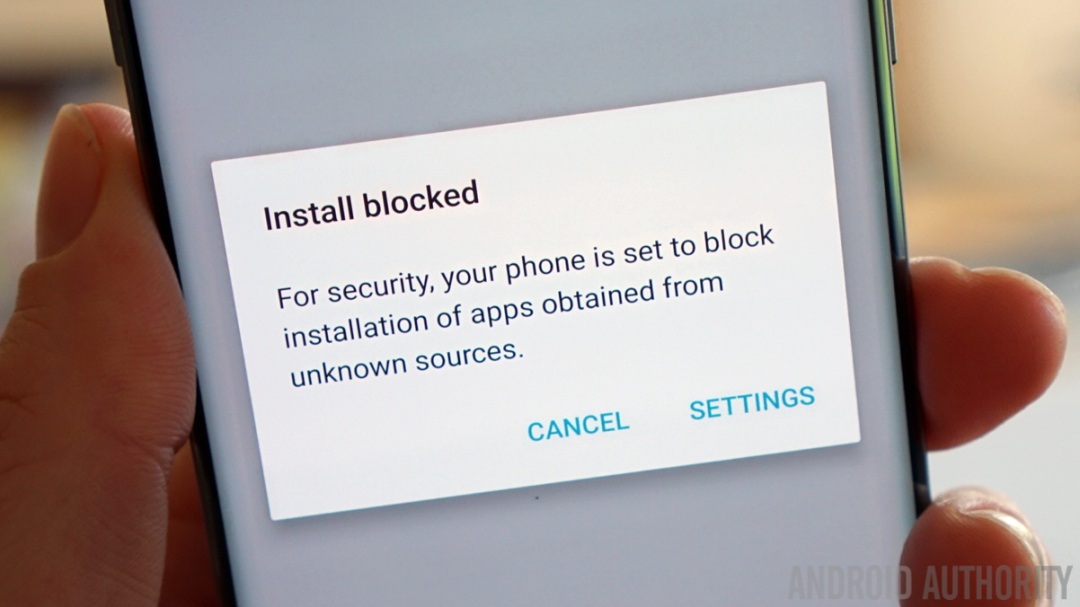
However, each install only counts once per device. Uninstalling an app and then installing it again on the same device still only counts as a single install.
When you look at it this way, those 1.4 billion active users account for far more devices over the years. We won’t guess how many Android devices have been active across the years, but I can tell you I’ve had more than 20 myself, not including review units, thus I count for at least 20 installs of Gmail and so much more.
It is also very important that we mention you do not have to actively head to the Google Play Store and select these apps for install. When you turn on your brand new Android device, each of those pre-installed apps count toward the global total.
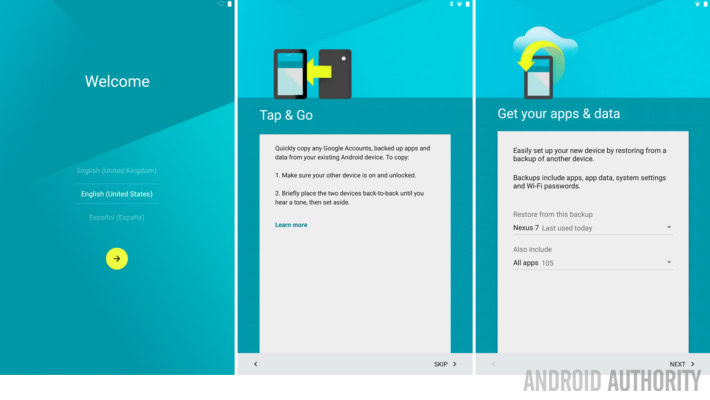
To this end, it should be no surprise whatsoever that the first app to reach 1 billion installs was Google Play Services, an app that lives on practically every Android device around. You may consider this to be cheating. While it would be wrong of us to disagree with that opinion, we’re going to side with Google on this one, if the app is on a device, it should count as an install.
Taking it to the next level, something we are not going to discuss in-depth today, a more realistic count to help identify apps of value would be app usage stats, instead of simple install numbers.
History of 1 billion installs
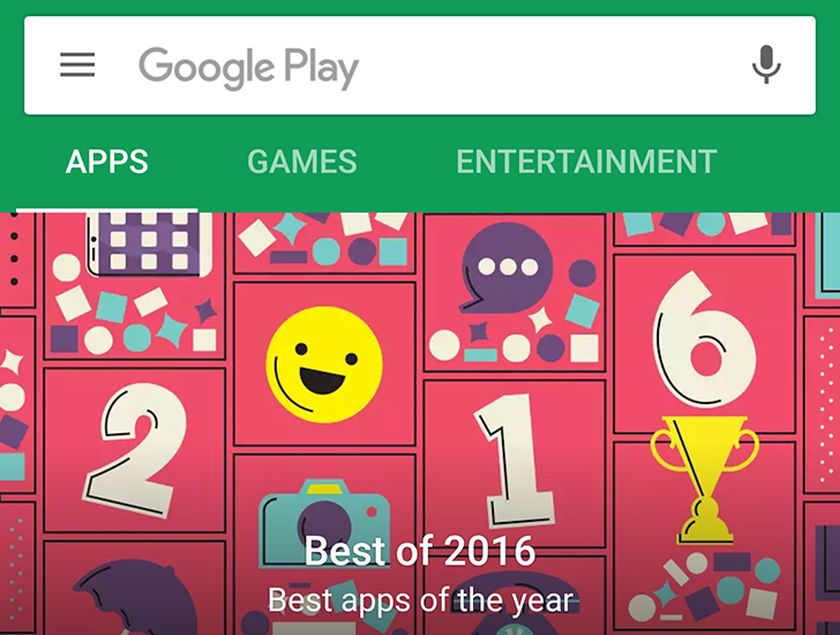
It all began back in 2014, several Google apps cracked into the club, with Facebook joining the group before the year ran out.
2015 expanded the list by another dozen apps. Then in 2016, just one app, that’s right, one app hit the 1 billion installs milestone this past year.
November 2016 marked the summit of a different peak, Google Chrome crossed the 2 billion installs mark.
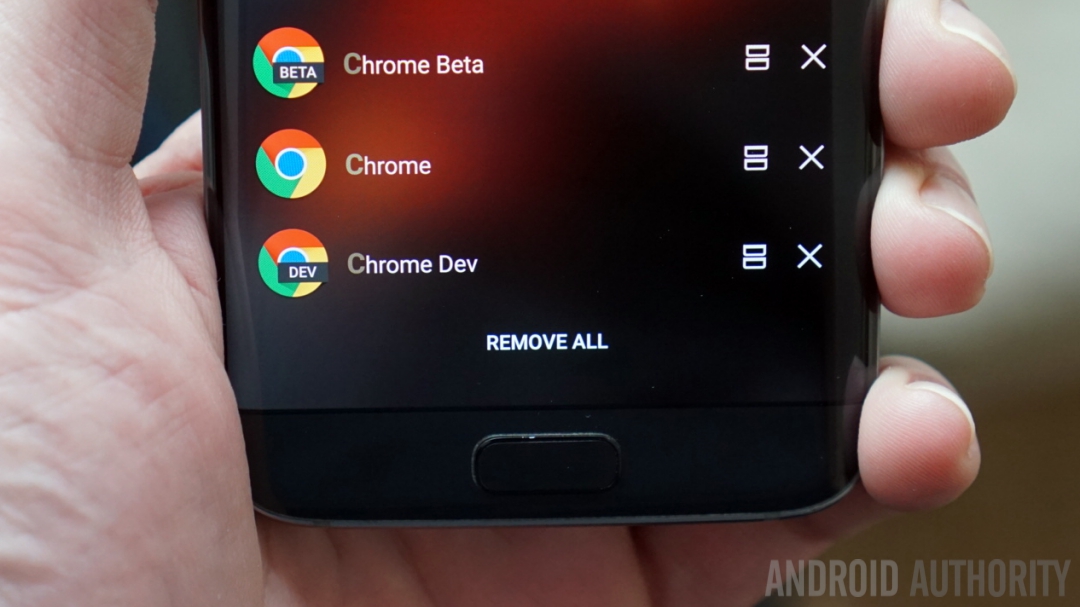
Before we actually share the list, let’s cover one glaring observation. All of the 19 apps that have more than 1 billion installs are from just two companies, Google and Facebook. Most of the apps from Google, as we mentioned above, should not be a surprise, as they come pre-installed on most every Android device on the market.
To be clear, Facebook may currently own their four apps on the list, but that was not always the case, they may have purchased one or two of the now top apps. Those purchases were not cheap, either, does anyone remember the multi-billion dollar purchase of WhatsApp Messenger?
Enough about that, let’s see what the biggest apps in the world are. For the sake of ease, let’s put these in order of when they hit that magic mark. It all started back in January of 2014…
Google Play Services (January 2014)

Sometimes the most important app on your device is the most boring of them all, and that is absolutely true of the very first app to ever hit 1 billion installs, Google Play Services. In its current form, Google Play Services is an absolute core application for the Android experience – at least for Google’s Android experience.
Bottom line, the majority of Google’s apps and services rely on Google Play Services to function on your Android device. If you have the Google Play Store or any other Google app on your device, there’s a good chance you are one of the billions of us with this app installed.
Gmail (May 2014)
Another unsurprising app on this list, it is highly unlikely that you have a Google account that is not an active Gmail address as well. This is not to say that you use Gmail as your communications tool, but looking at the numbers, there is a good chance that you do.
As one of the best web based email services around, the mobile application provides nearly all the same bells and whistles, just hidden in an easy to use interface on your mobile device.
Google Maps (May 2014)
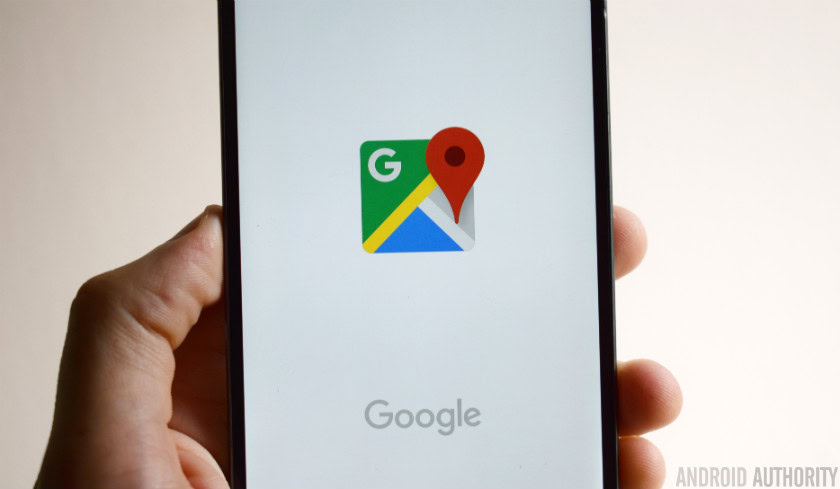
For many, there is no better tool to identify a route, look up the best place to go for pancakes or simply explore the globe than Google Maps. Serving multiple functions, including navigation on the road, Google Maps comes pre-installed on many devices, and is then installed freely by those that do not have it already.
YouTube (July 2014)
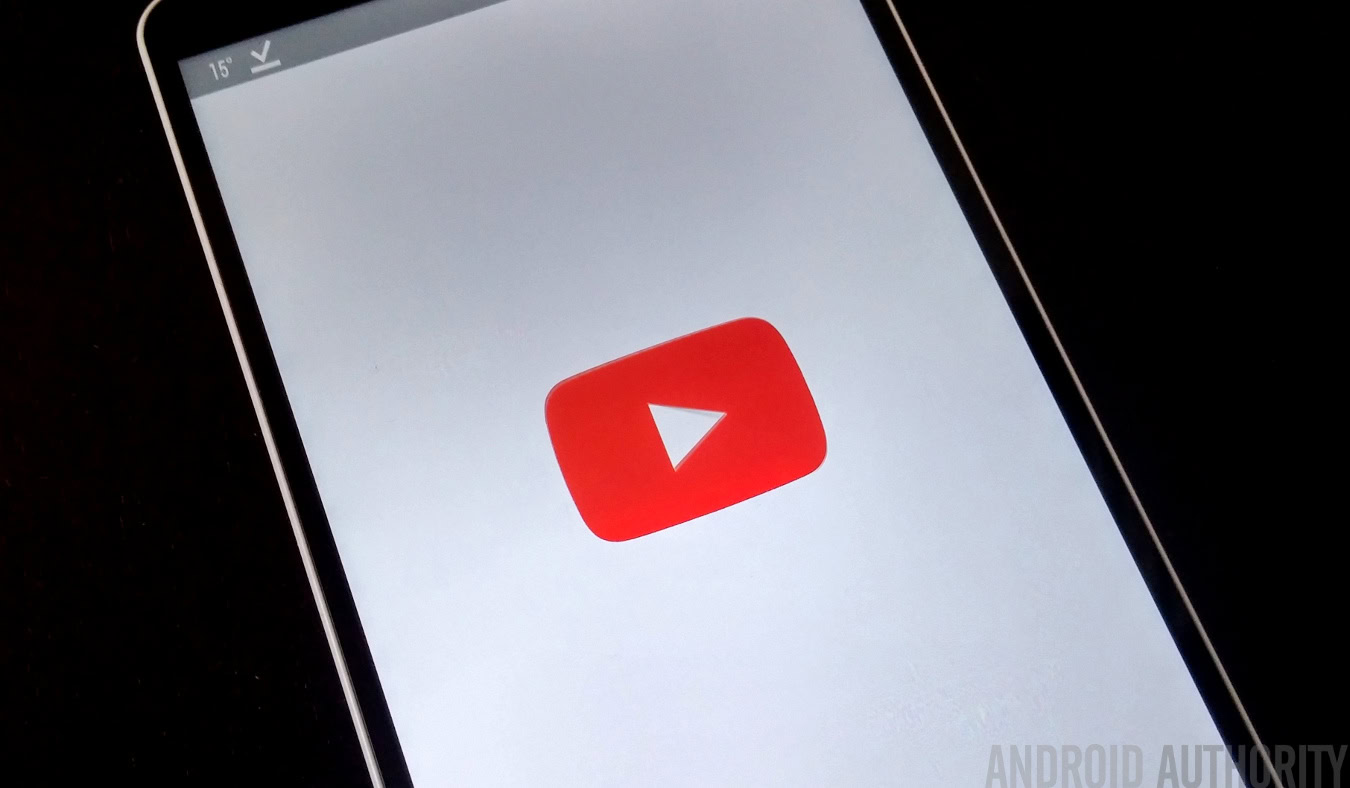
The top online video streaming service offers up a top of the line mobile app, YouTube is not only a highly installed application, it’s also highly utilized. Creators and consumers alike put the YouTube app for Android to work on a daily basis.
Facebook (September 2014)
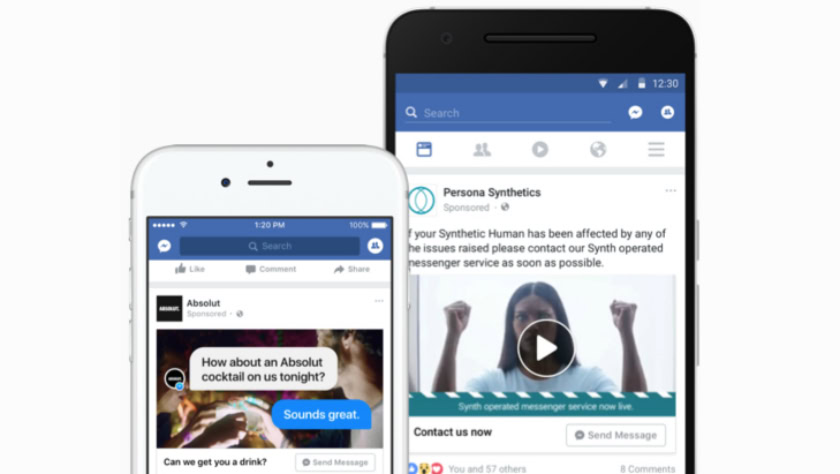
The social media giant, Facebook, marked the first non-Google application to 1 billion installs with their default social media app. Facebook is one of those social networks that is near unfathomable how large and popular it is, with millions of active daily users. Share, create, consume all that is Facebook all on your Android device.
Google Search (December 2014)
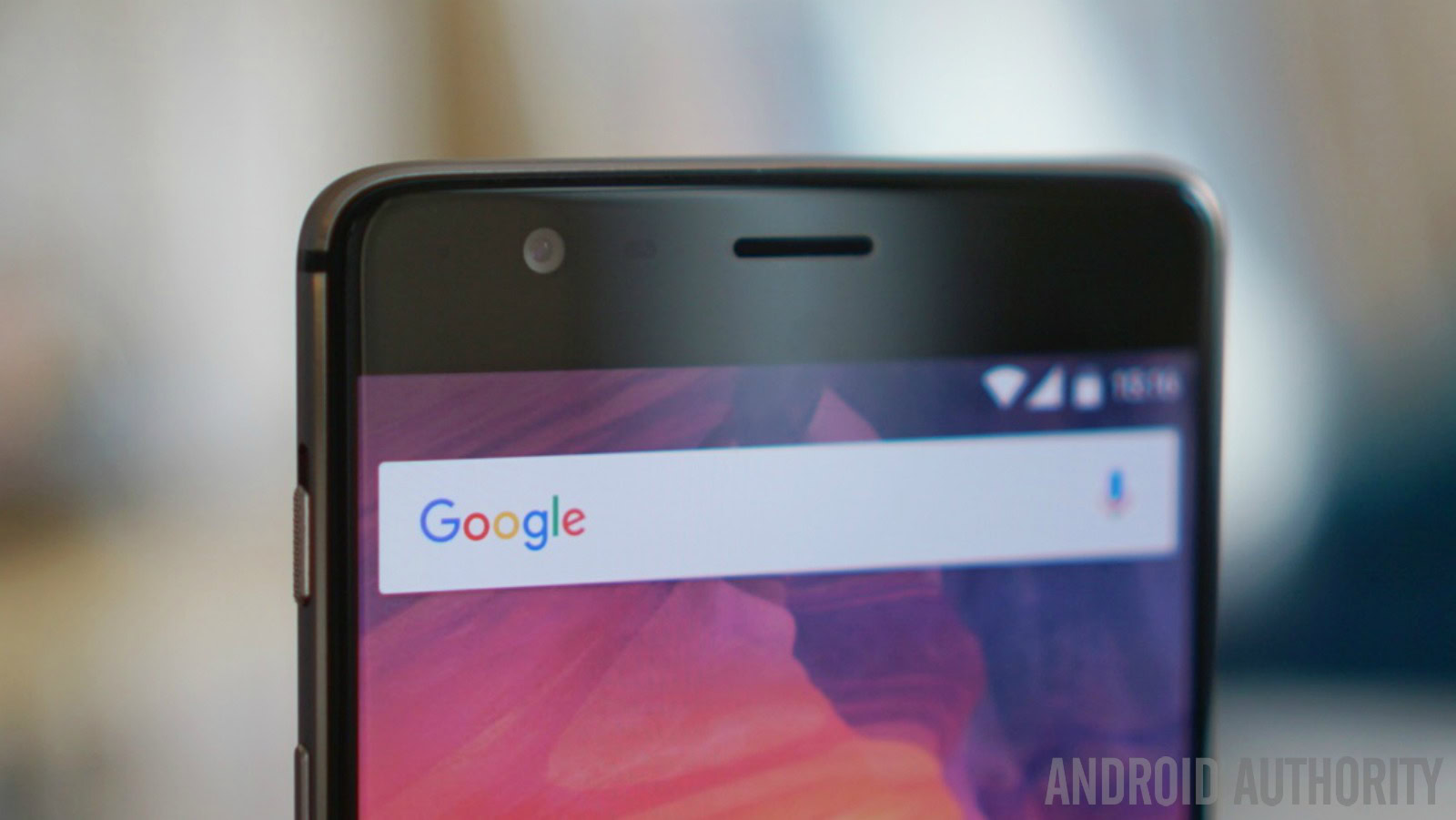
I must admit that this was my only big surprise on this list, I would have thought that the tool attached to the service that made Google a company in the first place, would have been the first app to 1 billion installs.
Without a doubt, Google Search is used on almost every Android device on the planet in one manner or another, but the actual Google Search app may not be the tool of choice. At least not with Google Now and Assistant taking over.
Google+ (January 2015)
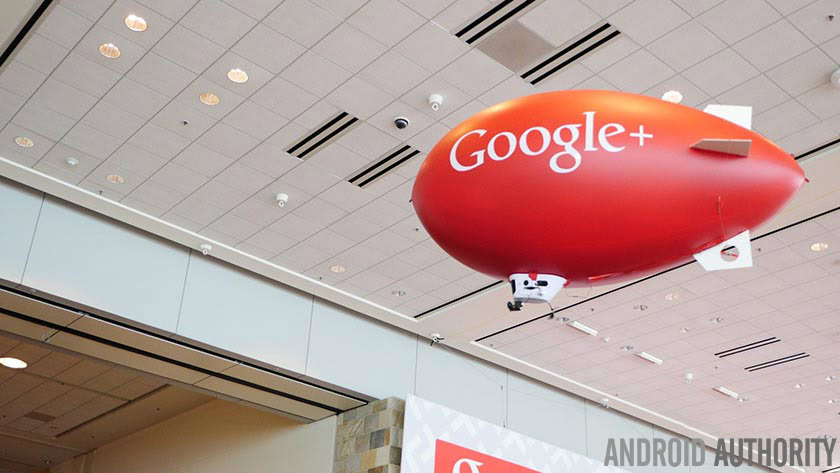
Beginning its existence as a web based social media platform, the expansion to Android has helped spur several changes to the platform itself over the years. Offering a more controlled and often long form social platform Google was eager to out-do Facebook in the social media world – Google+ remains a popular network, and the current set of tools in the Android app offer nearly all required to keep you connected to your circles on the go.
WhatsApp Messenger (March 2015)

On their upward swing as a very popular messaging service, WhatsApp was purchased by Facebook in early 2014. A year later, the app for Android broke the billion install threshold. While many took to social media for basic communications, the emergence of more than a few great messaging services marked a shift from the more expensive SMS messaging tools.
WhatsApp certainly proves that there is room in nearly any saturated segment to change things up a bit.
Google Text-to-Speech (March 2015)
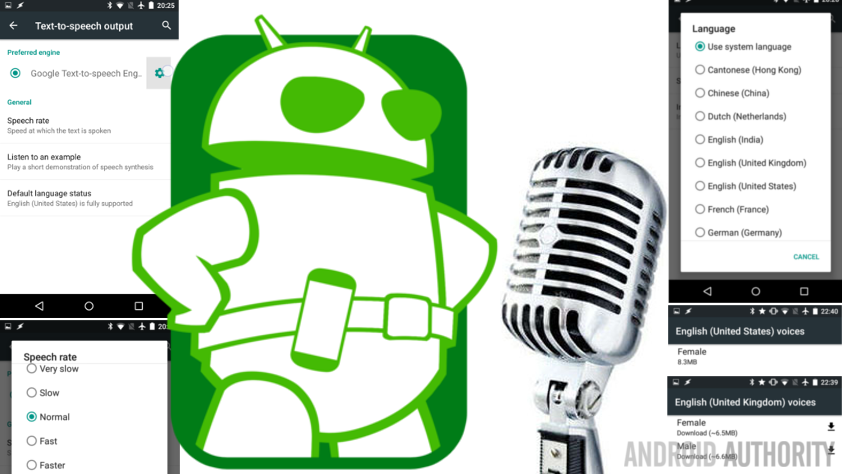
As the default text engine in your Android device, Google Text-to-Speech is the back-end tool that reads aloud everything from your Maps navigation to your favorite book or everything, if you have the accessibility tools enabled.
This is a great example of an app that performs a task many of us may have thought was just built-into the operating system. Well, that’s what pre-installed apps on Android are all about, essentially building them into the phone, but giving a way to update them on an individual basis instead of needing a new OS.
Google Play Books (June 2015)
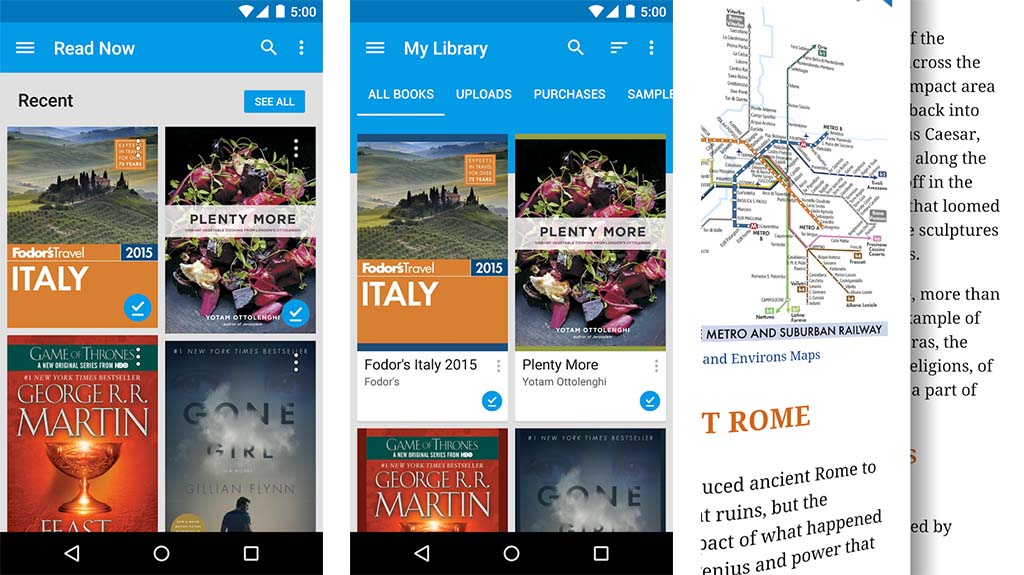
It started with the Kindle – at least we will give it credit for now – e-books became a thing and Google was eager to get their extensive catalog of expired copyright books onto mobile devices. Google Play Books became the delivery method of choice, later adding purchasable books through the Google Play Store.
Once again, we are looking at an app that is usually pre-installed on phones and tablets, but we’d like to believe that many of you are avid readers, at least readers of Android enthusiast websites, obviously.
Messenger (June 2015)
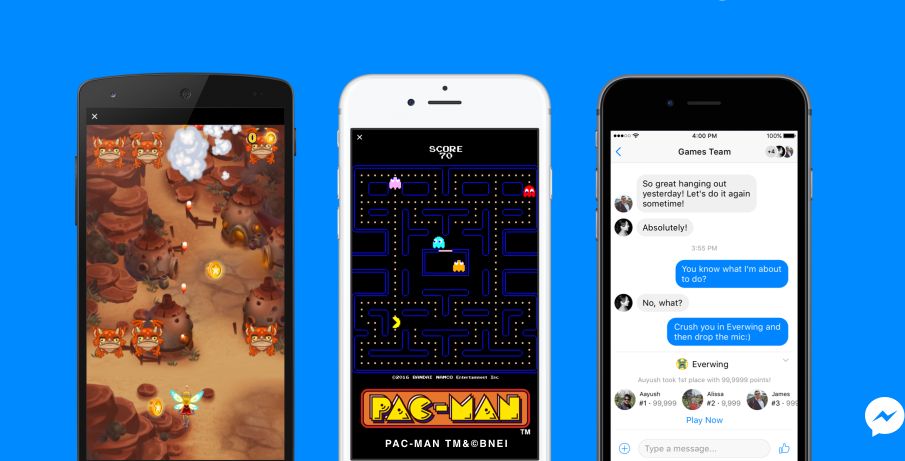
Facebook returns to our list with their messaging service, Messenger. Often called Facebook Messenger to avoid confusion, Facebook knew that people liked to chat, and the app that made ‘chat heads’ popular scored Facebook another billion installs.
Google Hangouts (June 2015)
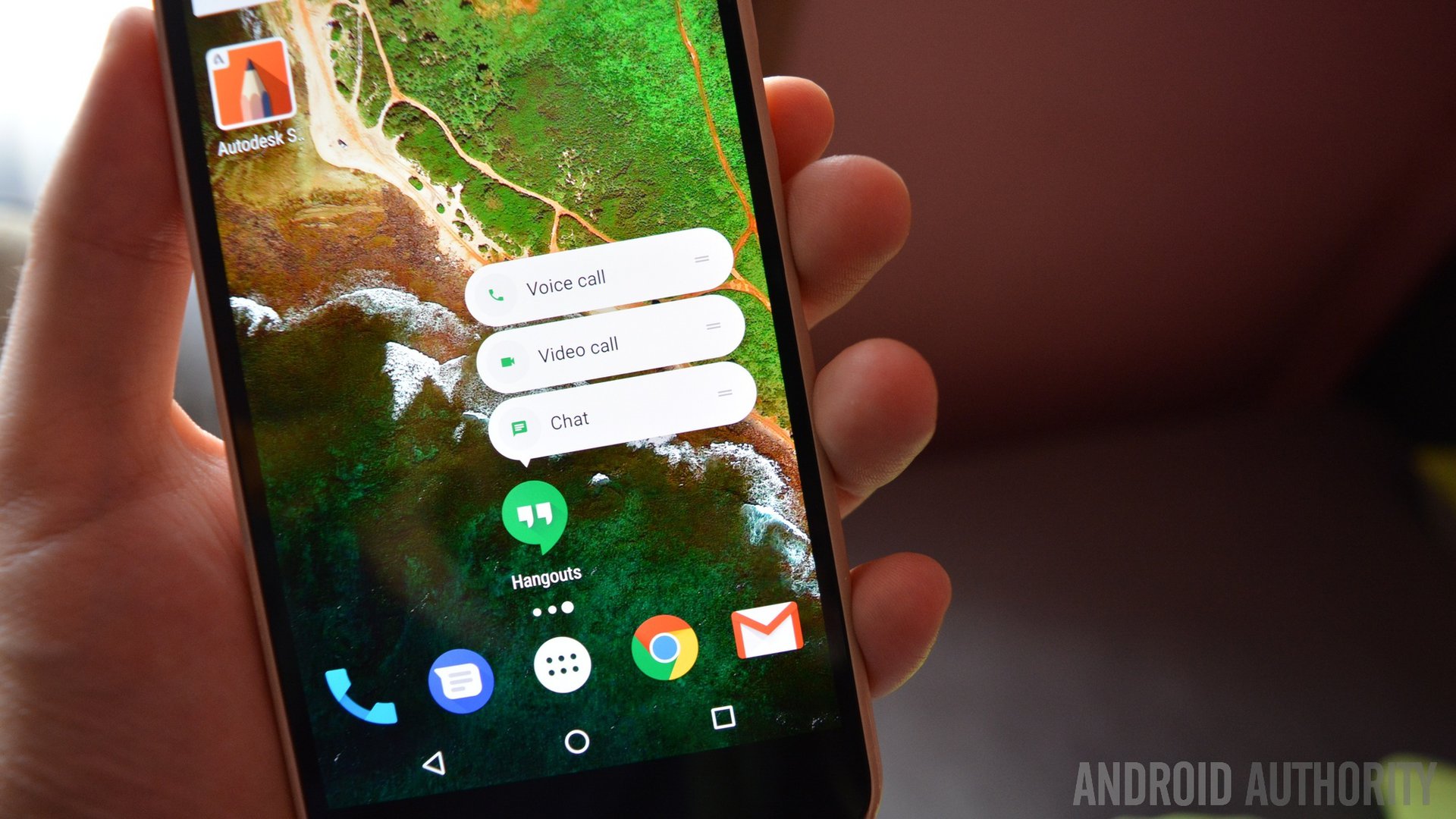
Did someone say chat? Sure, Google Hangouts can do that, but what if we add in voice and video conferencing, would that increase your usage of the service? Another billion installs says that at least a few of us use the service. Text chat that integrates across mobile and your PC, plus saves the chat logs into your Gmail, then voice and video tools to put up to 10 people face to face all sounds good to me.
My personal favorite communication tool, if I must be honest, Hangouts has long been more than just a chat client to me, it was there to bridge the gap when my wife and I lived apart for a bit, while we worked on my immigration. Giving us one tool to communicate all day in many different ways was about as good as living apart can be. Thank you Google.
Google Chrome (June 2015)
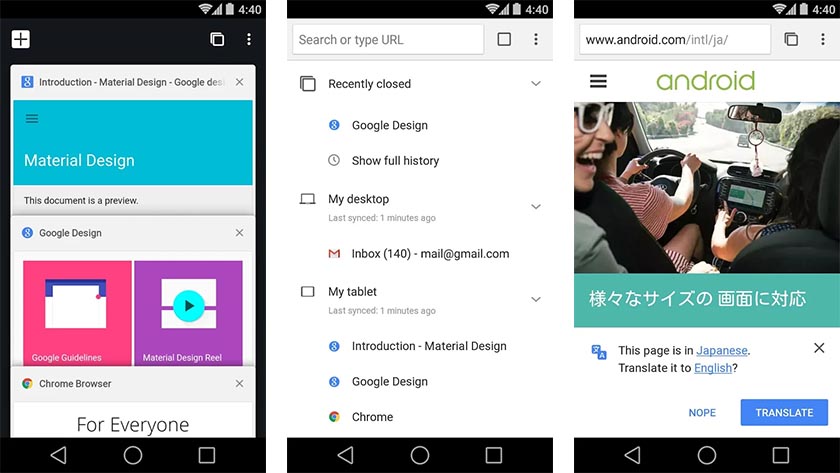
The web, seriously, do I need to say anything here? Google’s web browser made it to one billion devices, and I’m sure it’ll get to many more before it runs out of steam. Admitting that there are many great browsers available for Android, Chrome remains the only one on the list, so far. (It’s early 2017 now, let’s see if the rest of the year changes that.)
Google Play Games (August 2015)
Video games on your mobile device experienced a huge usability bump when Google rolled out a way to share your progress, compete with friends, record your gameplay and, most important for many, enjoy cloud saved game progress so you can play across devices. You probably have Google Play Games installed, and you probably know how it works better than I do, but if not, you might be missing out.
Google Play Music (August 2015)
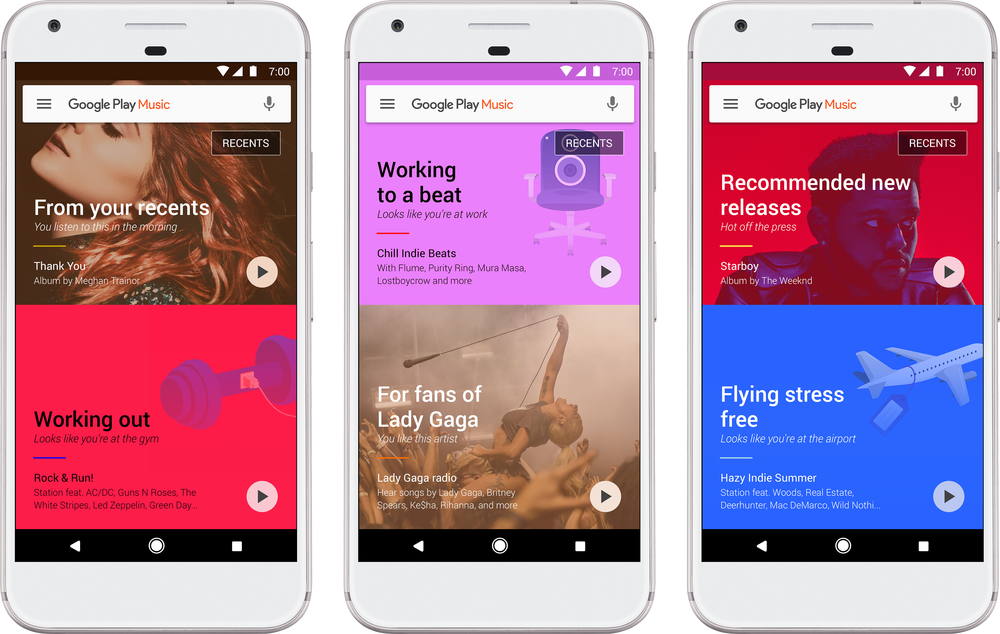
It has been said that the adage ‘music tames the savage beast’ is why I listen to so much music, or why I am so tame, either way works for me. Google Play Music has been my music player of choice on Android since I found a way to install it before it was even available in Canada. I moved to where it is available and have not looked back.
For me, Google Play Music is where I store my personal music collection, but there is the streaming side of it that I have not partaken as yet. Whether you take the time to upload your collection or just stream from the massive library Google has on hand, Google Play Music is likely installed on your device.
Google Play Newsstand (August 2015)
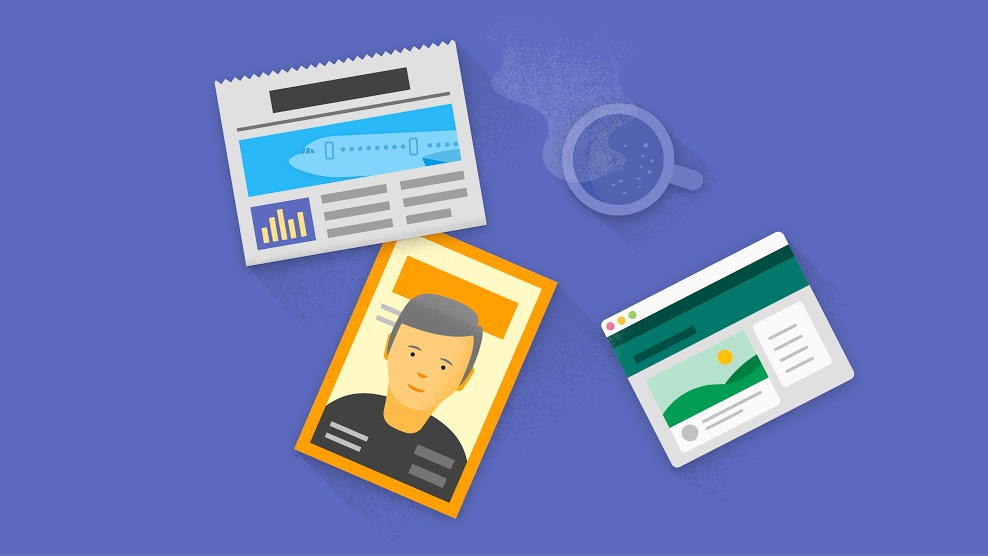
When Google expanded the Google Play Store and added multiple side apps, magazines and news needed a home, enter Google Play Newsstand. As a pre-installed app on many devices, there are plenty of ways to use the service, for free or to consume paid content. Whether replacing Flipboard or just reading the latest issue of Retro Gamer, Newsstand is your Android access to a load of great content.
Google Play Movies & TV (September 2015)
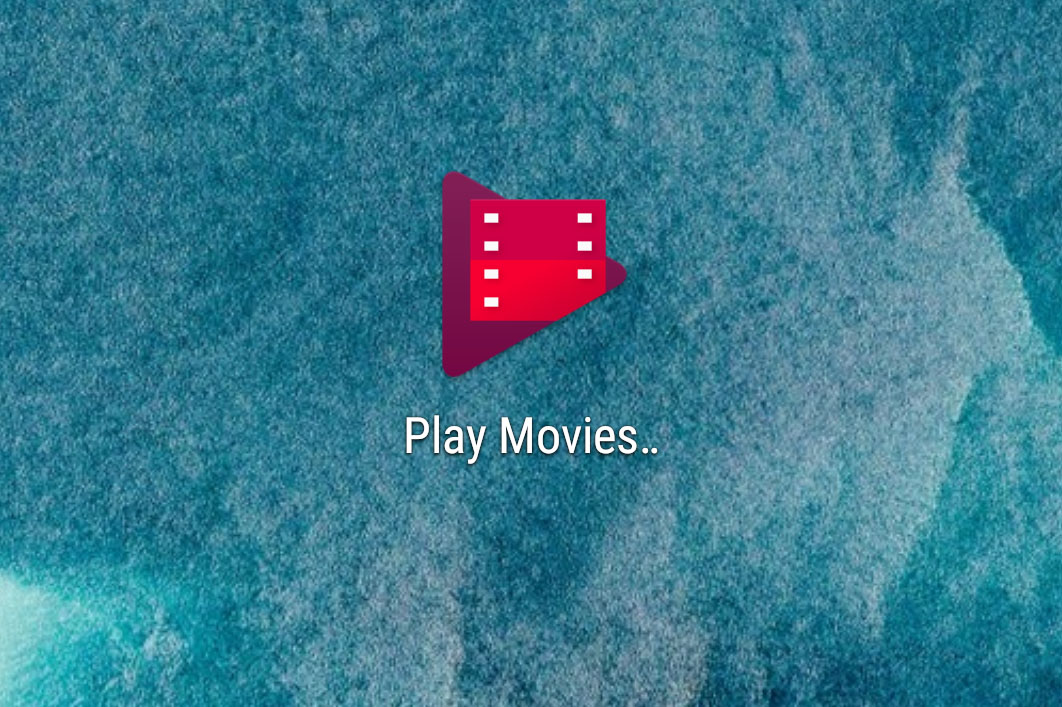
Netflix, Hulu, Amazon streaming and YouTube. Sure, there are other ways and places to consume video on your mobile device, but Google Play Movies & TV is the app that likely came pre-installed on your device anyway. Stream your shows or download for offline viewing, if you’ve acquired it through the Google Play Store, this is the app you use to watch it.
Google Drive (October 2015)
Here, hold this for me. For many of us, Google Drive represented a solid cloud storage platform for our files. Add in the ability to make and create office documents and this powerful tool became a crucial part of many people’s workflow.
Please remember that your paid Google Drive storage space can be used to store more photos in Google Photos, or save more attachments in Gmail.
Instagram (August 2016)
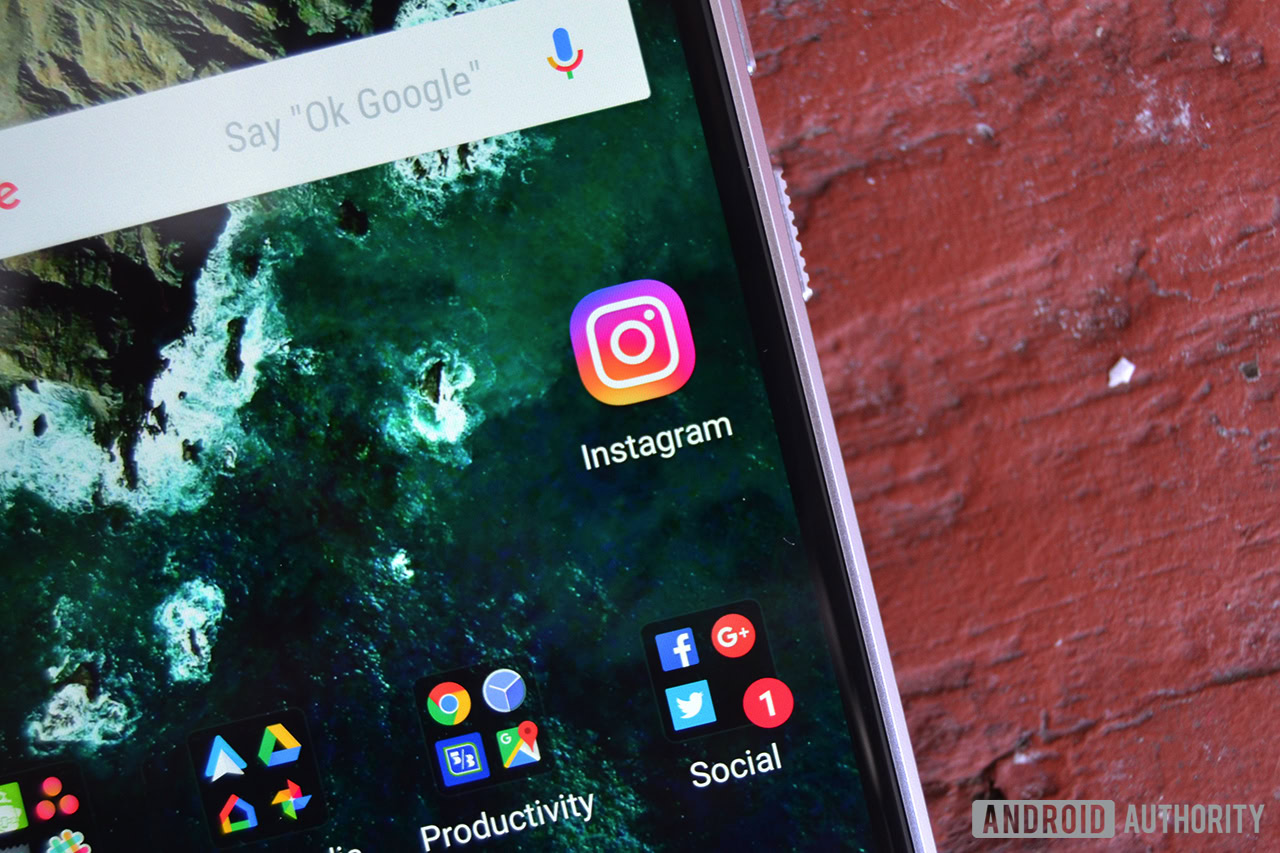
Another billion dollar idea took off in 2012, Facebook purchased a budding social platform which took over four years to both find its way to Android then reach a billion installs through the Google Play Store.
Instagram is the leading example of the old days where developers created apps for iOS first, us Android users despised this approach, and we hope that a billion installs later we proved that we’re a powerful group. Instagram is a powerful image sharing platform, famous for having crazy filters and cultivating the selfie craze.
I suspect you found this list fairly predictable, in fact, I wonder if there are any apps on this list that are not on your Android phone and/or tablet.
What’s next?
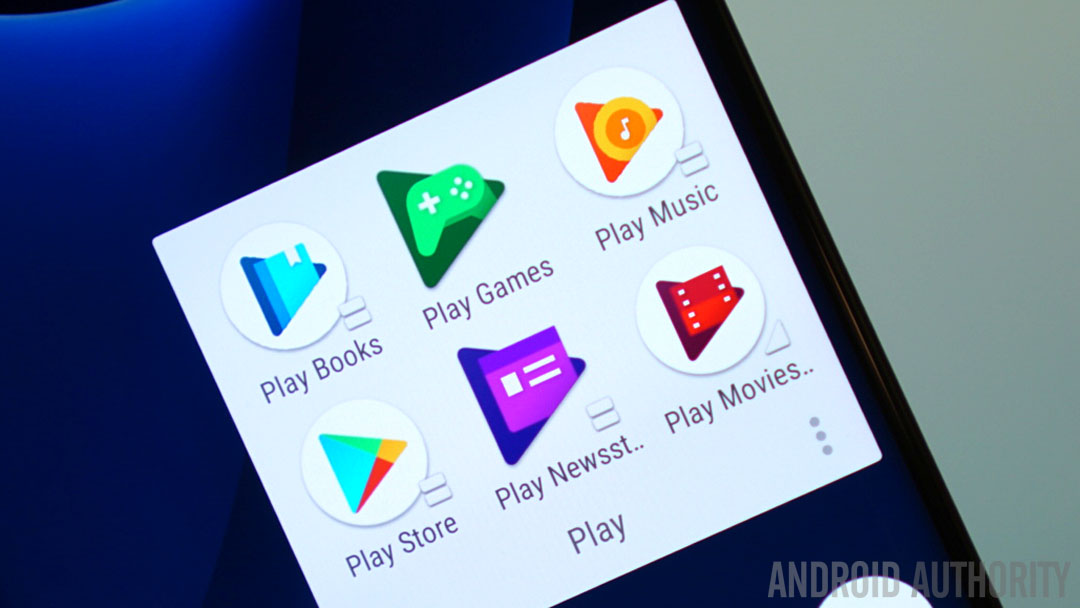
There are a handful of apps we expect will jump to the 1 billion install club relatively soon. Particularly, and somewhat boringly, Google’s various apps that have been split out of the Android OS itself. Android System Web View is a solid example, an app that is only recently split out, but is, or will be, on all Google flavored Android devices moving forward. That same idea goes for Google Now Launcher, the Homescreen app found by default on an ever growing list of phones – or did the Pixel Launcher take over?!?
Google Photos is my personal favorite that I’d like to see succeed. Especially now that it’s almost as powerful as the old Picasa used to be for sharing and multi-user access.
Android Pay, Google Daydream, Google Messenger, Android Auto, GBoard – Google Keyboard, Android Wear, Google Street View, Google Calculator, Google Clock, Google VR Services, Google Phone and Google Contacts are all possible candidates for the 1 billion install club under Google’s app restructuring.
Funnily enough, the Google Play Store is not yet at 1 billion installs, the app that provides access to all other apps should get there soon. Of course it used to be the Android Market, so we’ll forgive it for now.
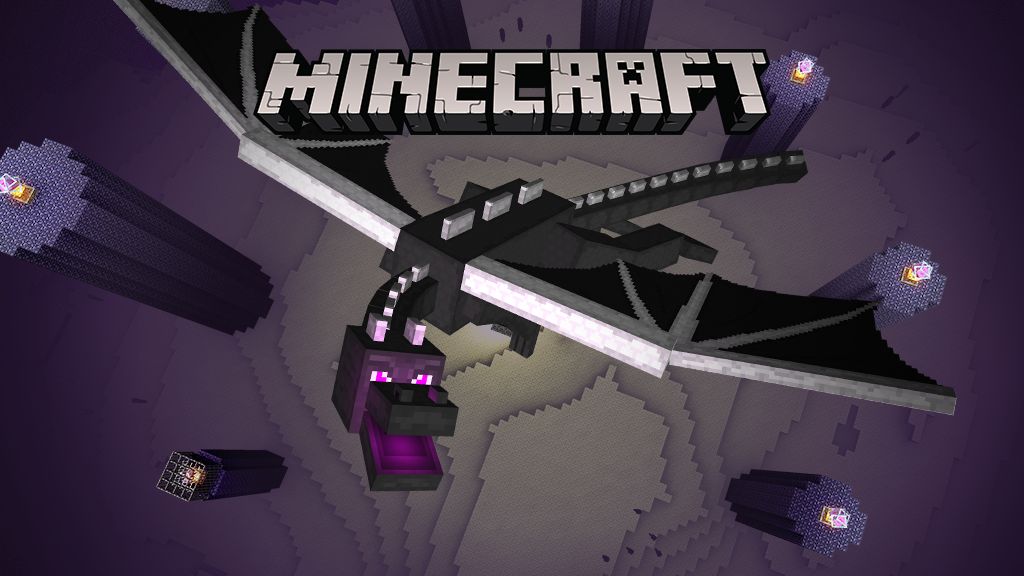
Outside of Google’s domain, Snapchat, Twitter, Pandora, Netflix and various weather apps have some potential to reach 1 billion, eventually. It’s possible the slew of games that come and go will see a few that stick, there are certainly a few franchises that have multiple games that have exceeded 1 billion combined, Angry Birds, anyone? Maybe Minecraft.
I leave off posing the question to you, what app will be next to make it to 1 billion installs on Android?